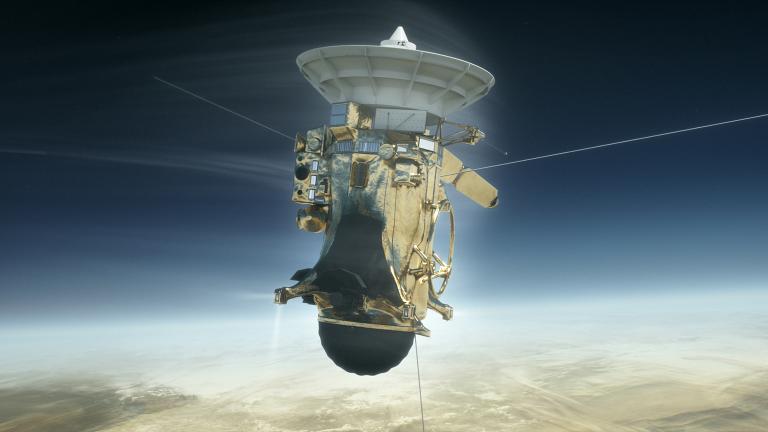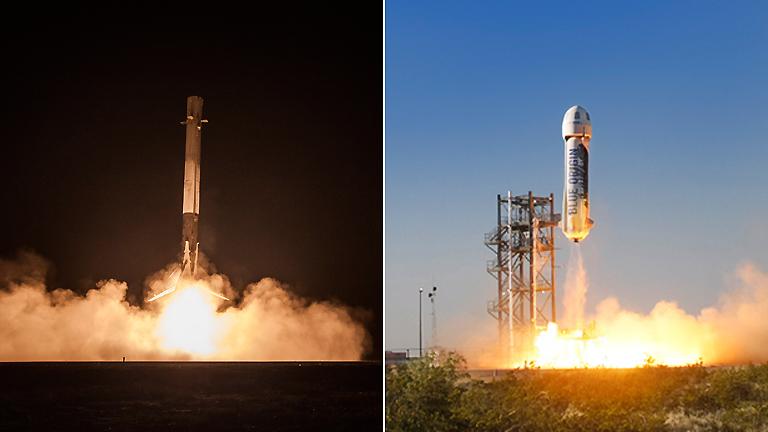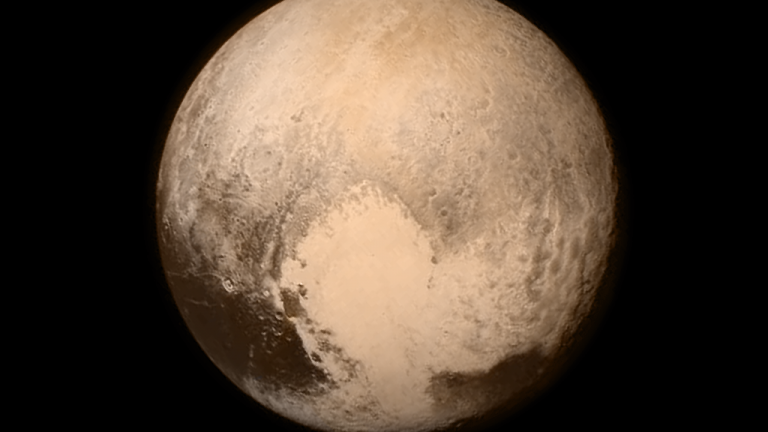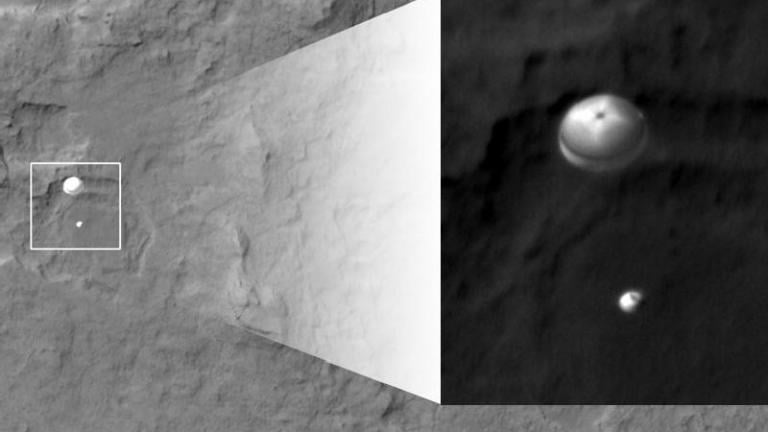It might sound like an episode of “The X-Files,” but a story reported Saturday by the New York Times sheds light on an official Pentagon program that researched and investigated unidentified flying objects.
Mark Hammergren
Viewers on four continents will watch a virtual presentation hosted by Adler Planetarium in early November to learn about the possibility of life on other planets.
The Cassini mission has completely transformed our understanding of Saturn and identified two moons that could potentially harbor life. On Friday morning, the journey will come to a fiery end.
Tech billionaire Elon Musk wants to create a colony on Mars. Assessing the challenges–and his chances of success.
Juno is set to uncover what Jupiter has been hiding. After a five-year, 1.75 billion mile voyage, NASA's spacecraft named after a Roman goddess successfully entered into orbit around the largest planet in our solar system Monday night.
Pluto finally got a visitor from Earth, 85 years after the dwarf planet’s discovery. Completing a nine-year, 3-billion-mile voyage, NASA's New Horizons spacecraft reached the former ninth planet of our solar system on Tuesday. We'll discuss the milestone flyby with astronomers from the Adler Planetarium.
NASA scientists go wild after the Mars rover's successful landing on the red planet early today. An Adler Planetarium astronomer tells us what happens next.
One of the rarest astronomical events happens on Tuesday. We hear from the Adler Planetarium about what it is and how you can view it.









